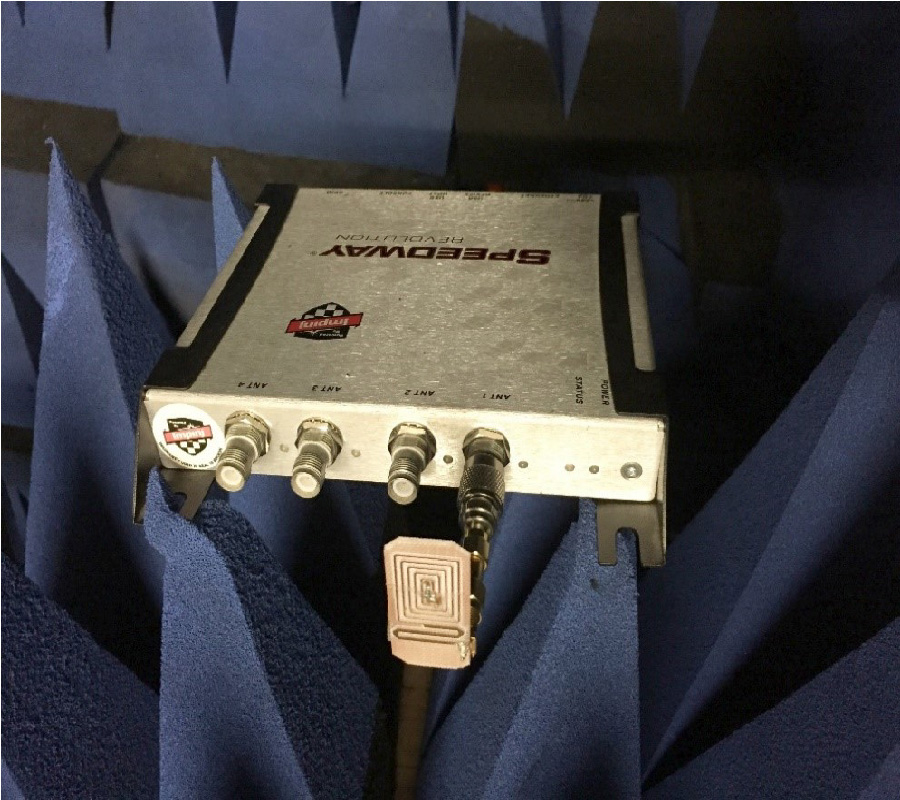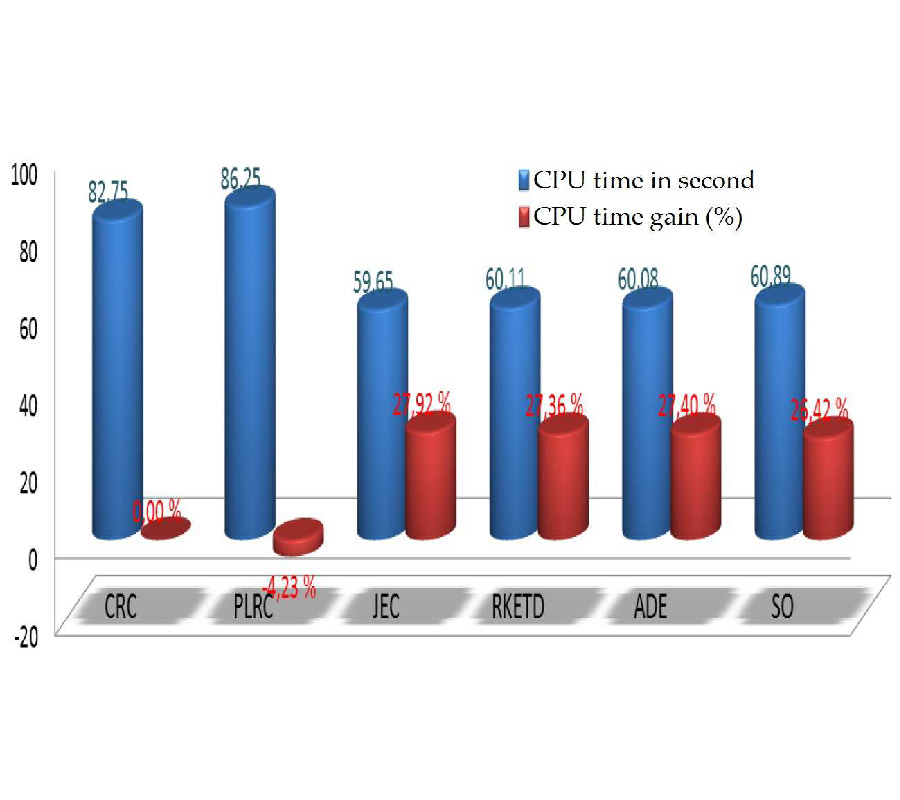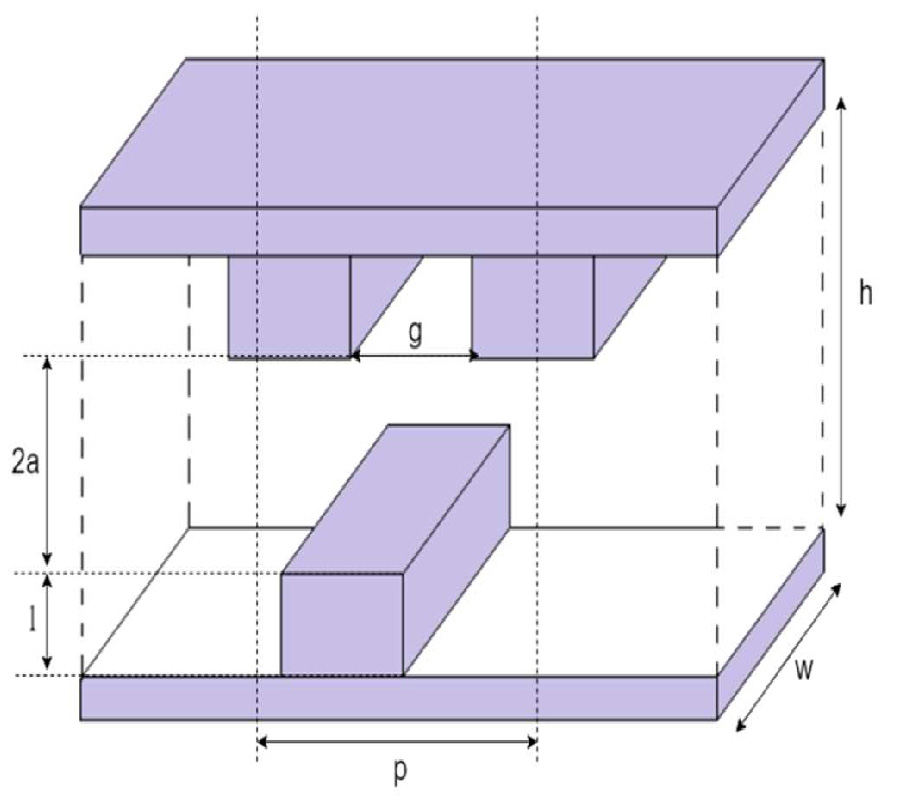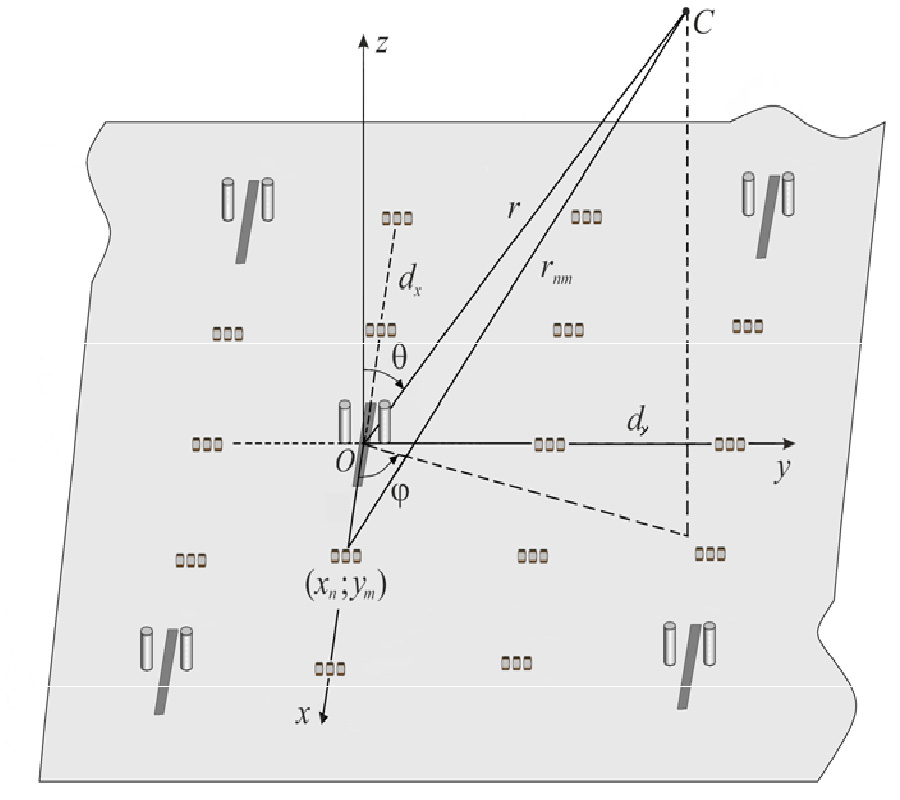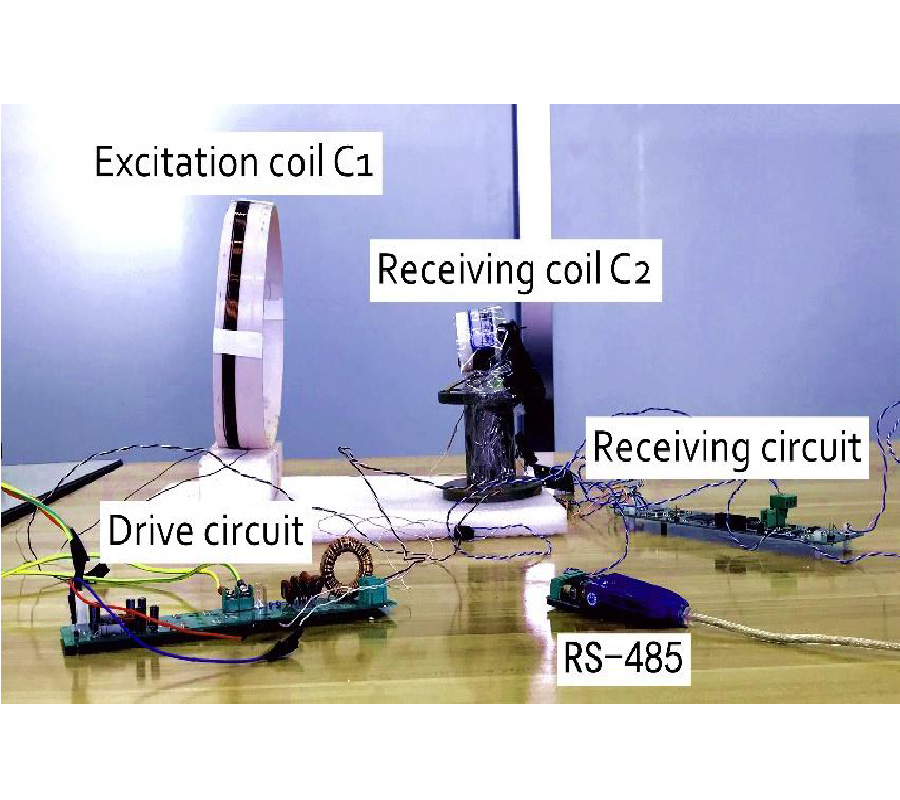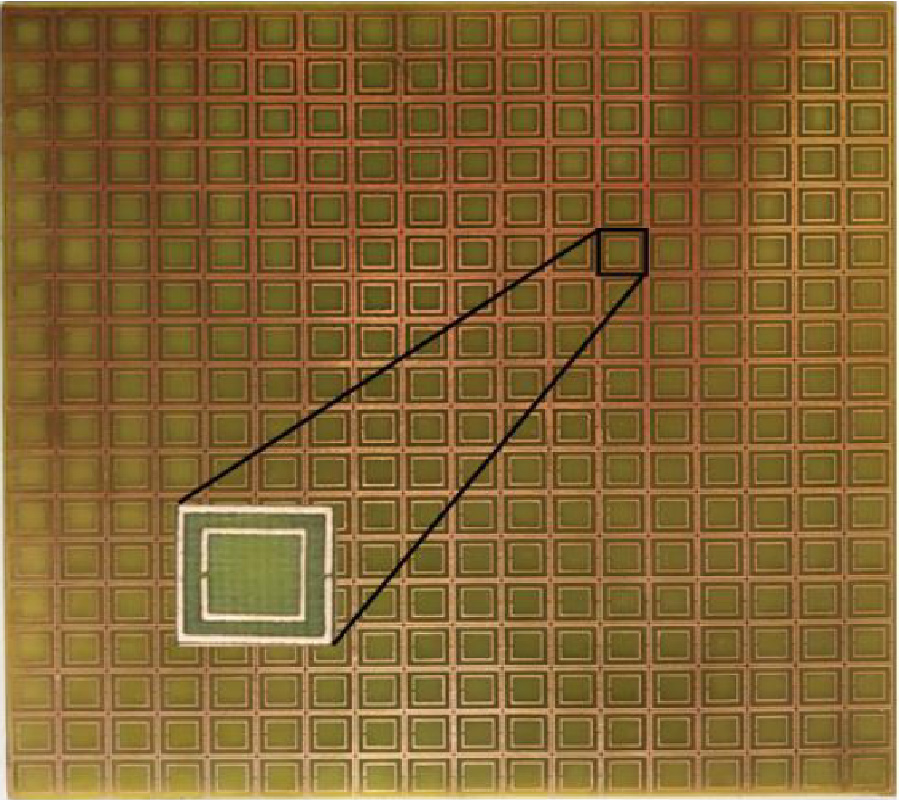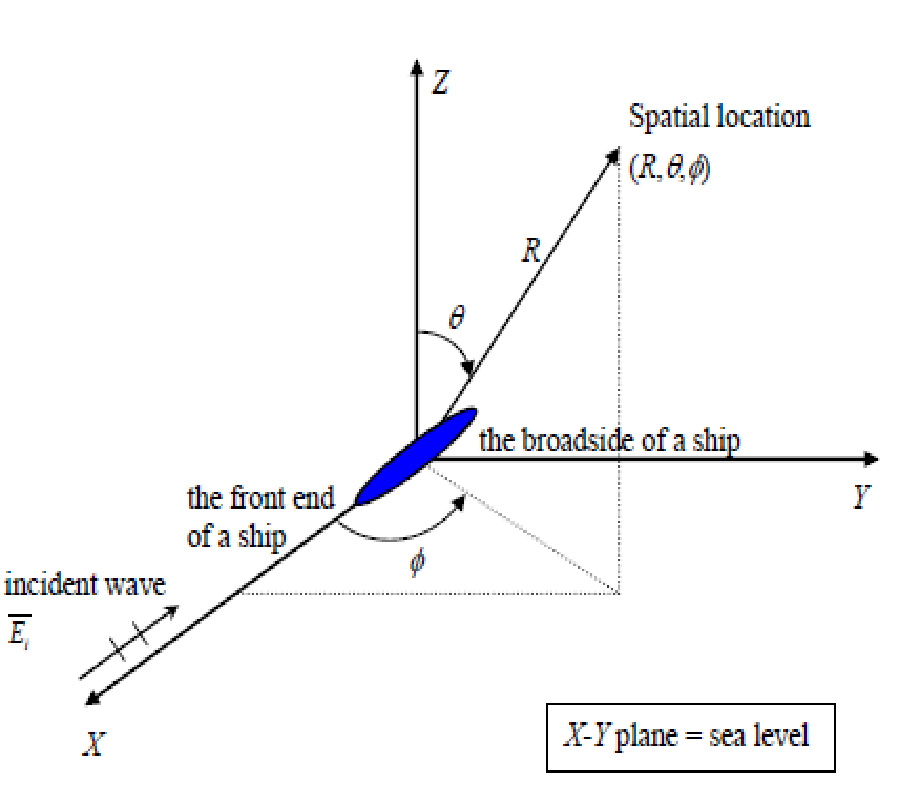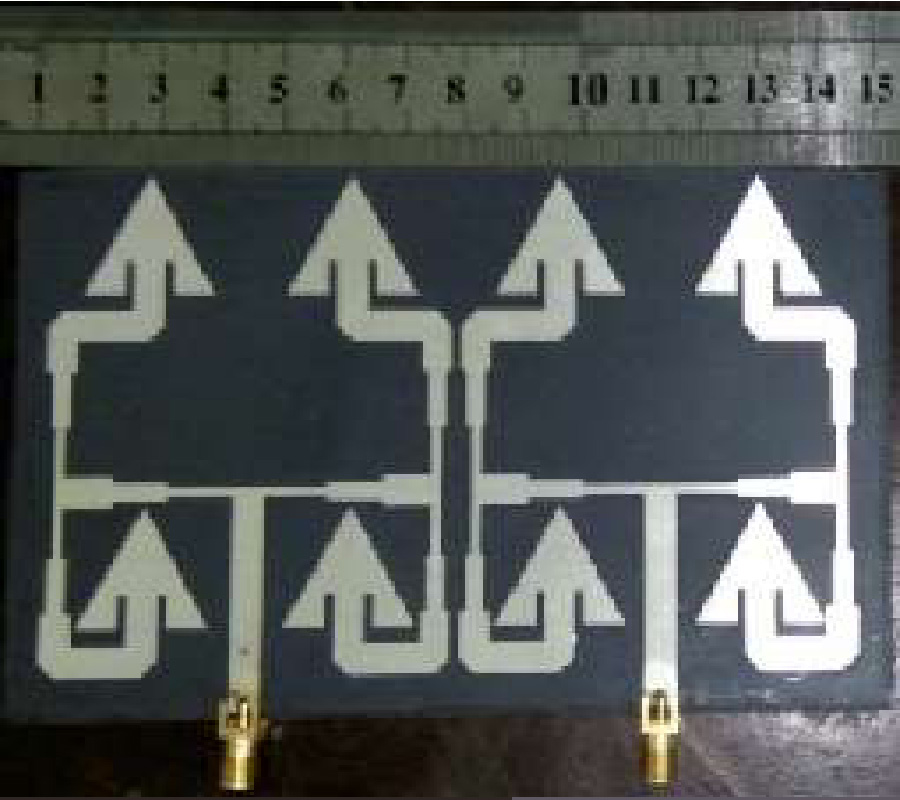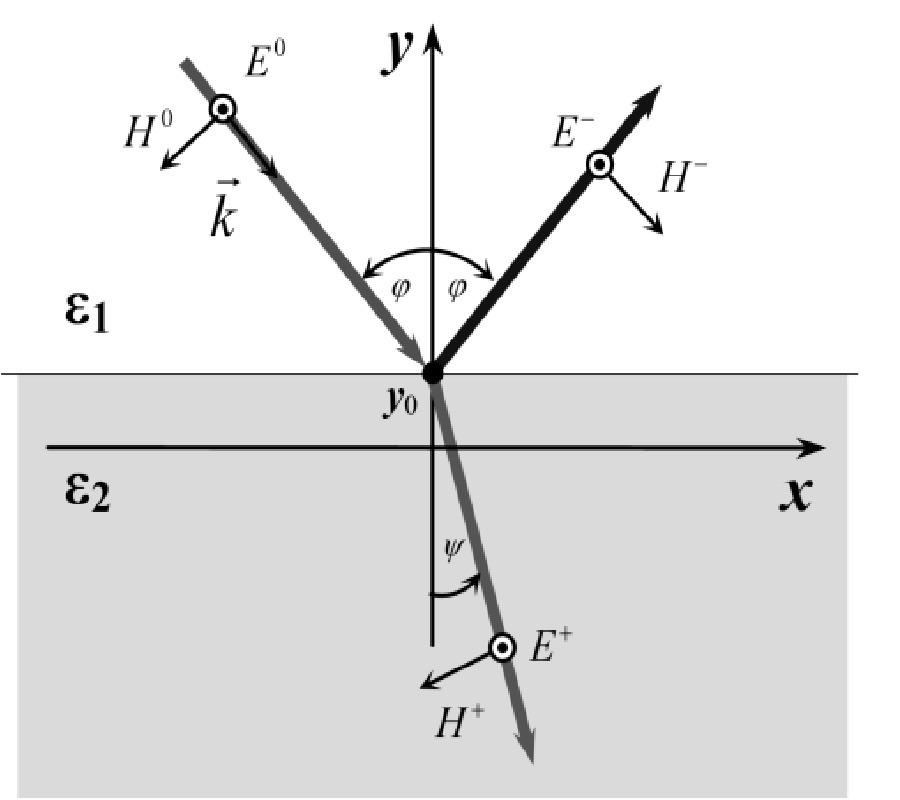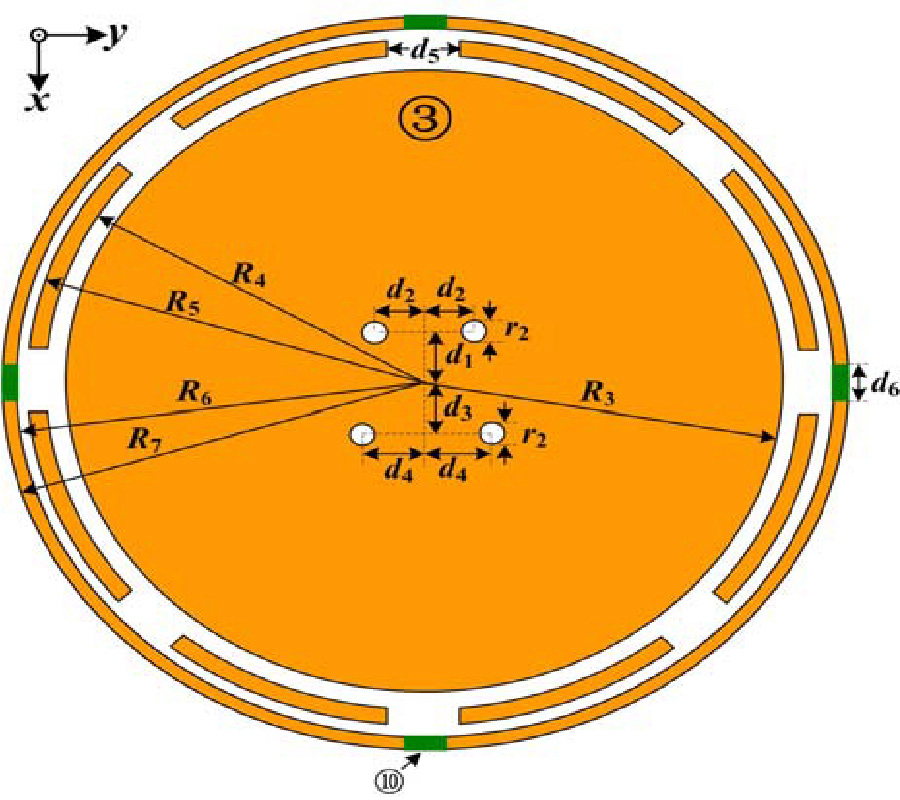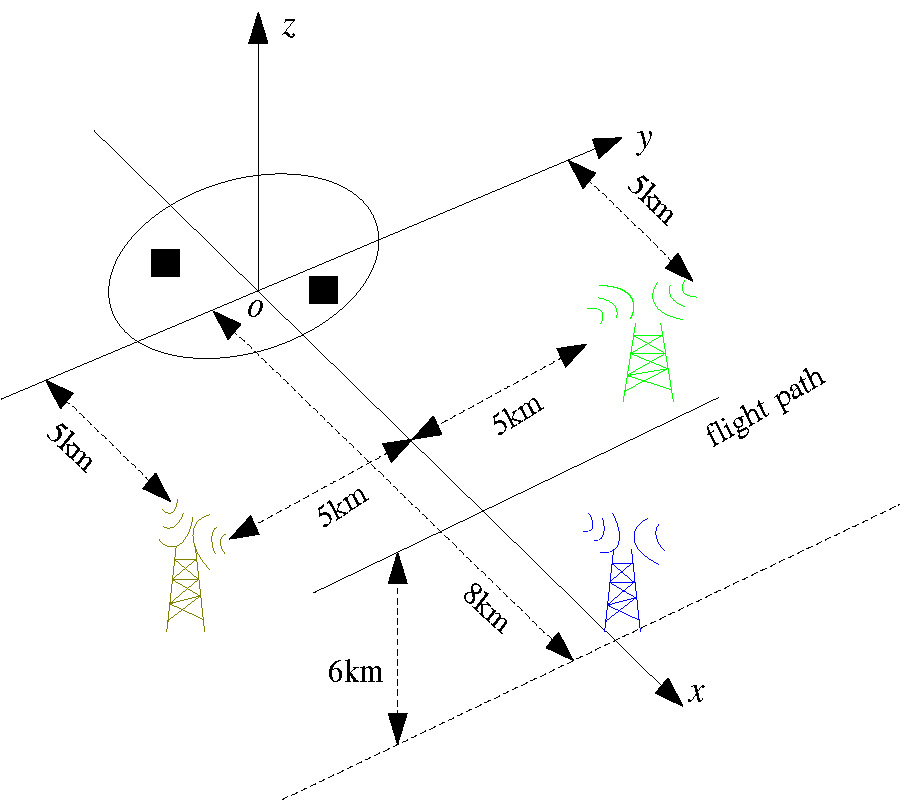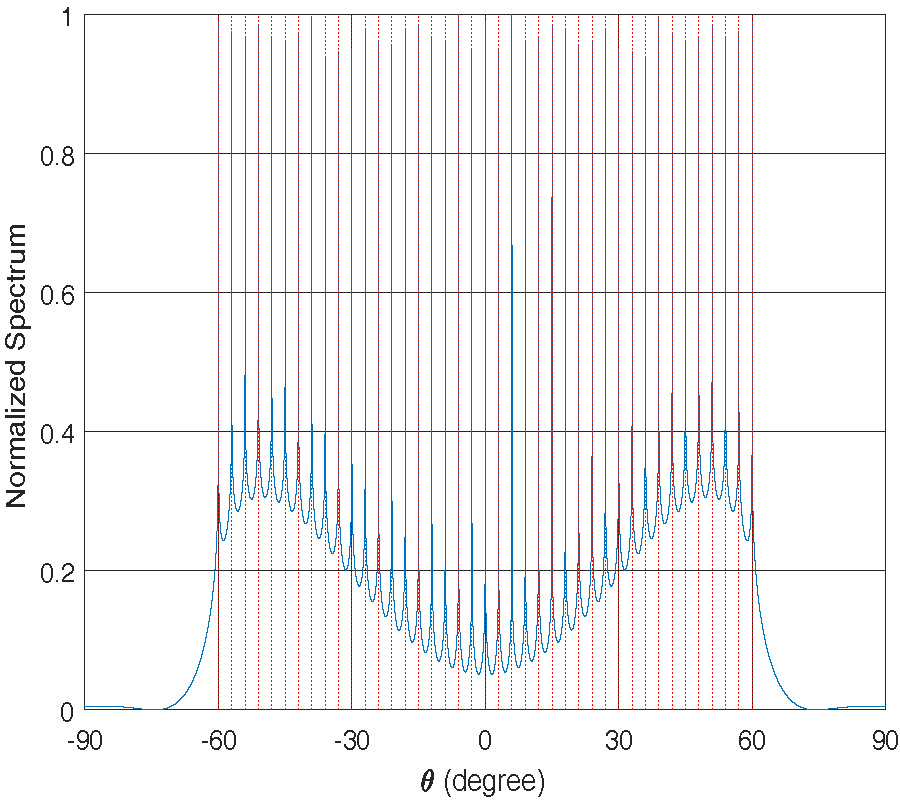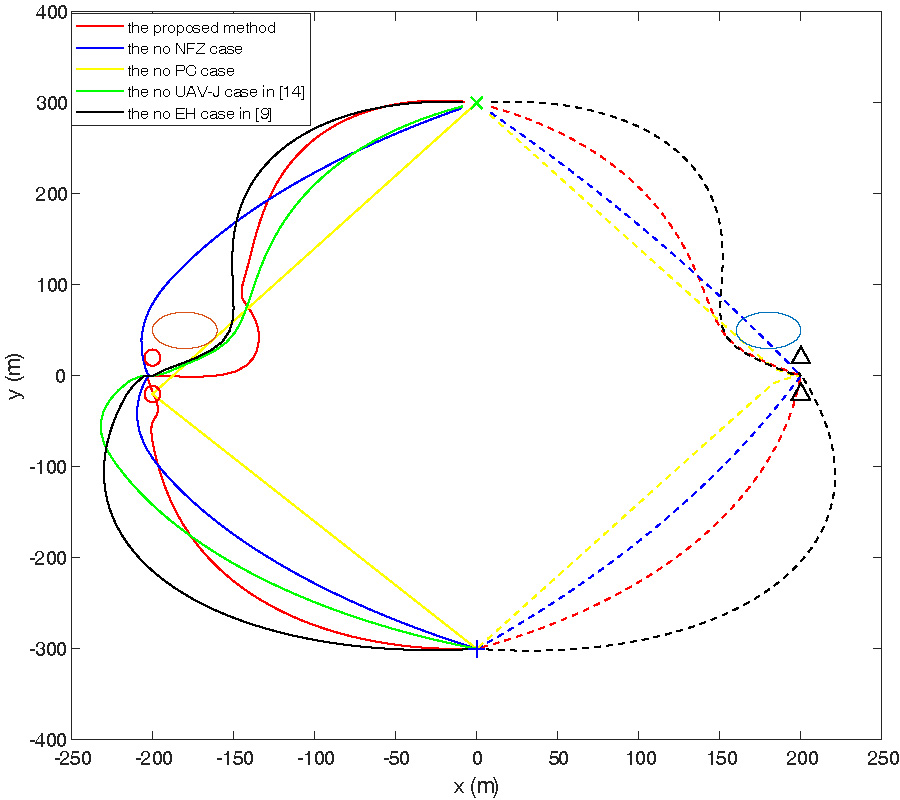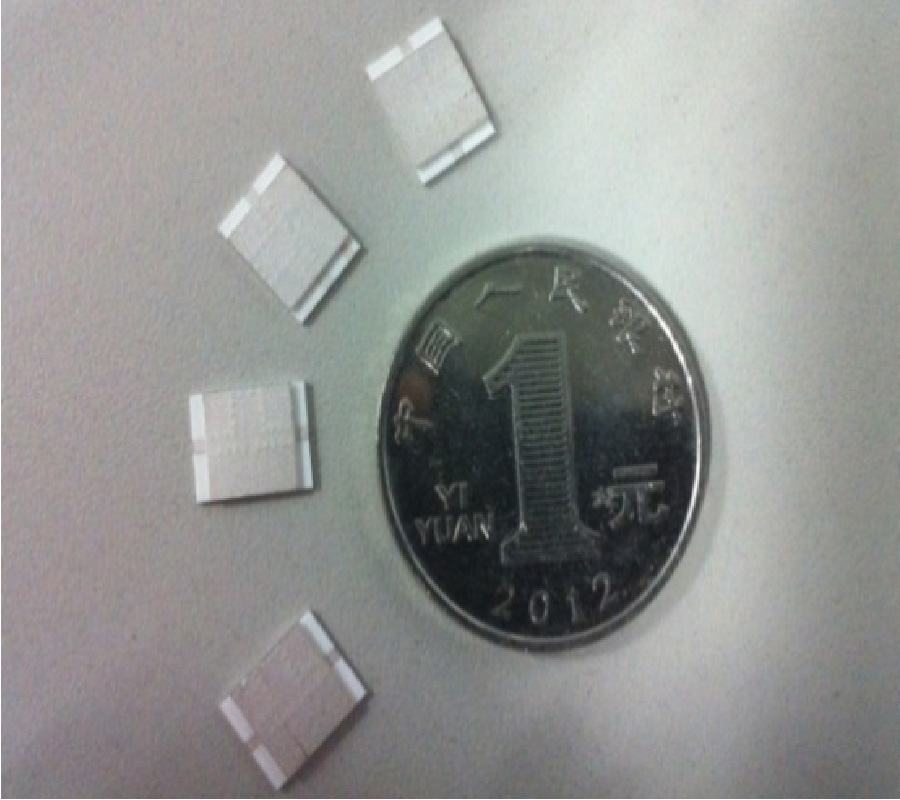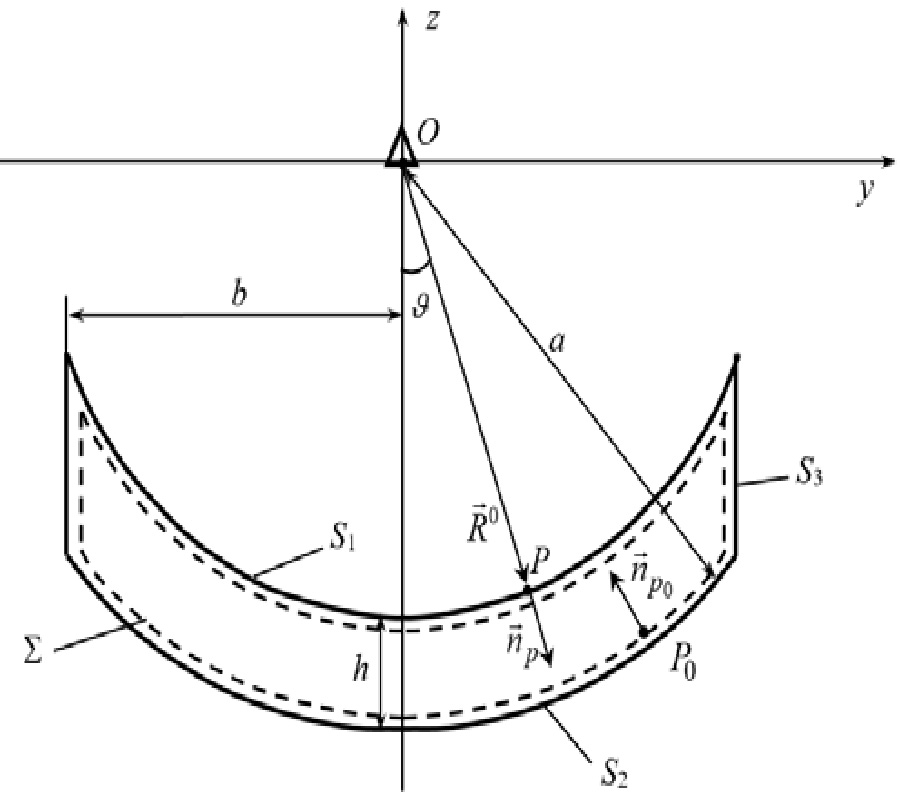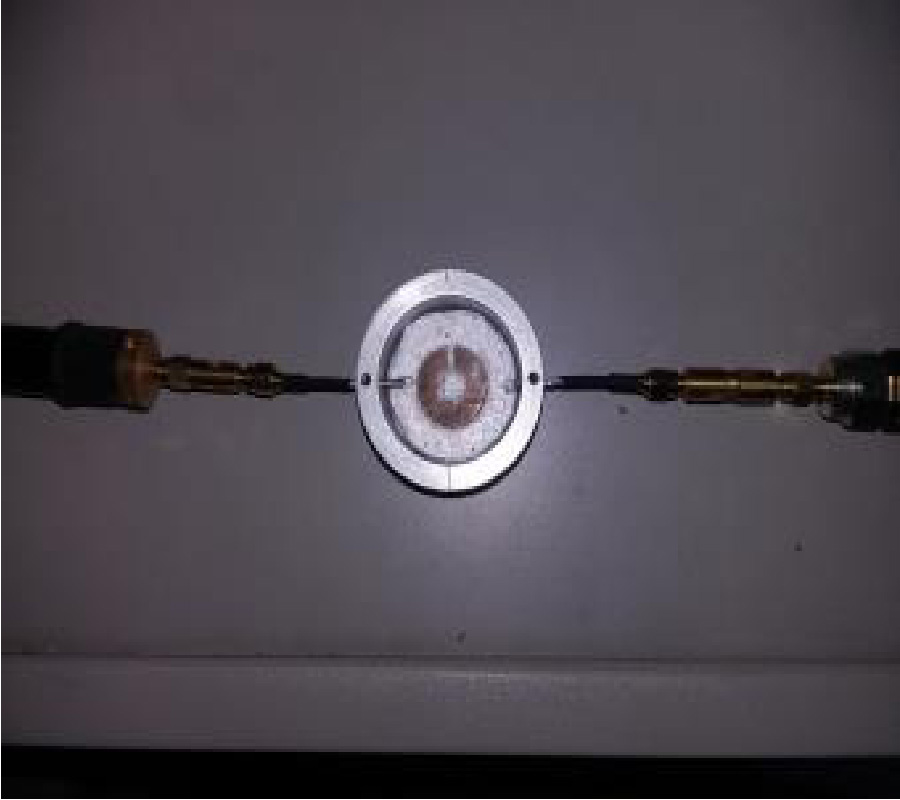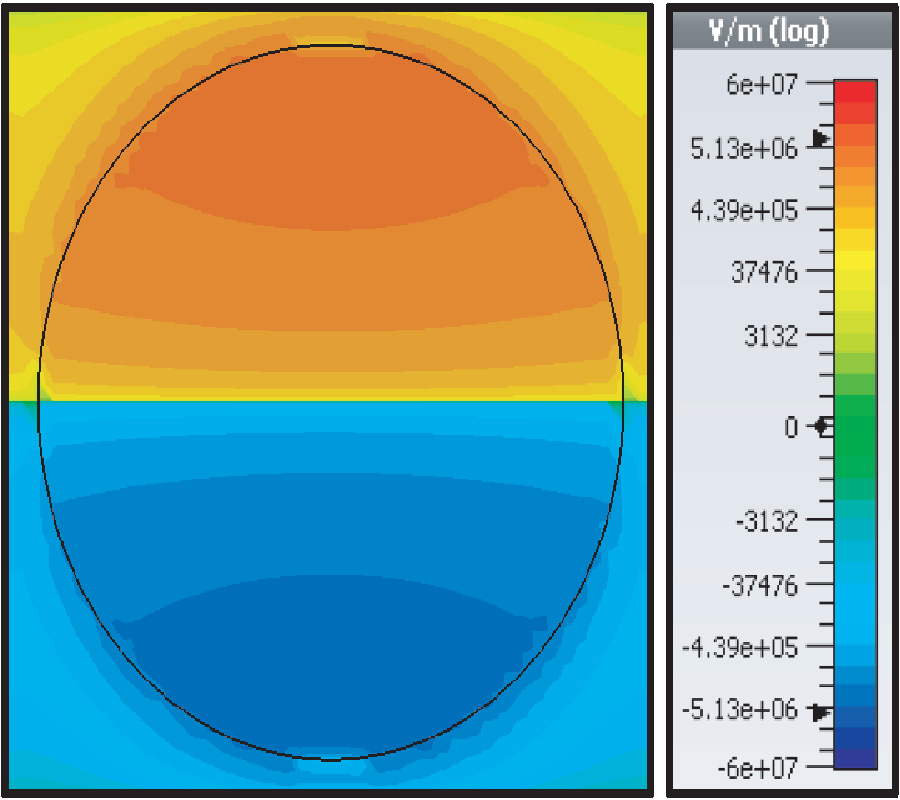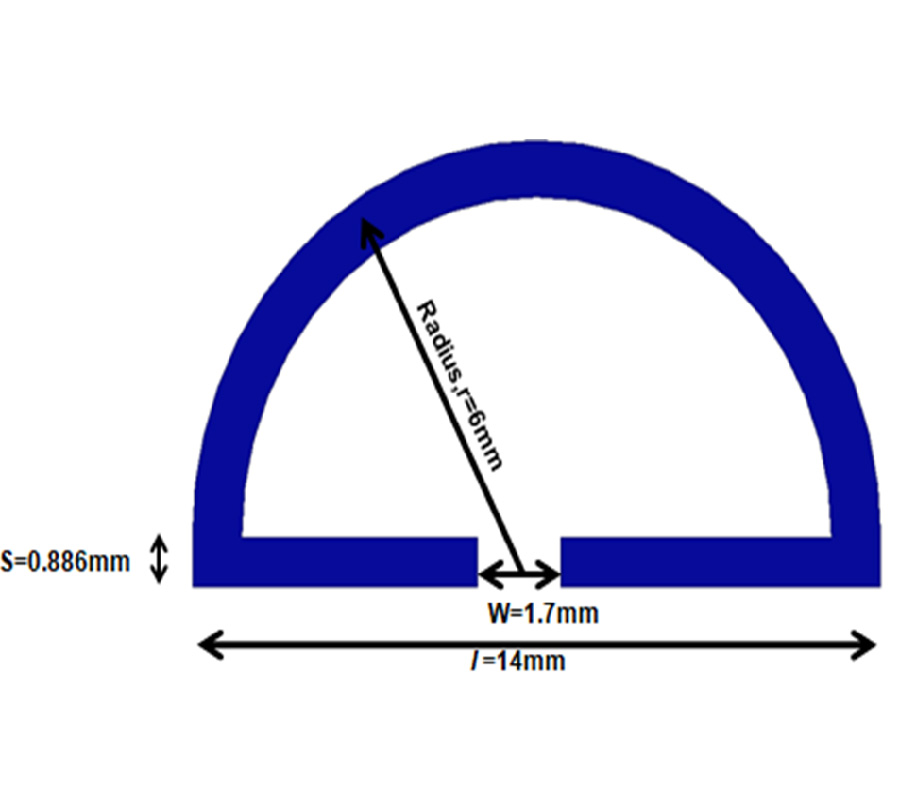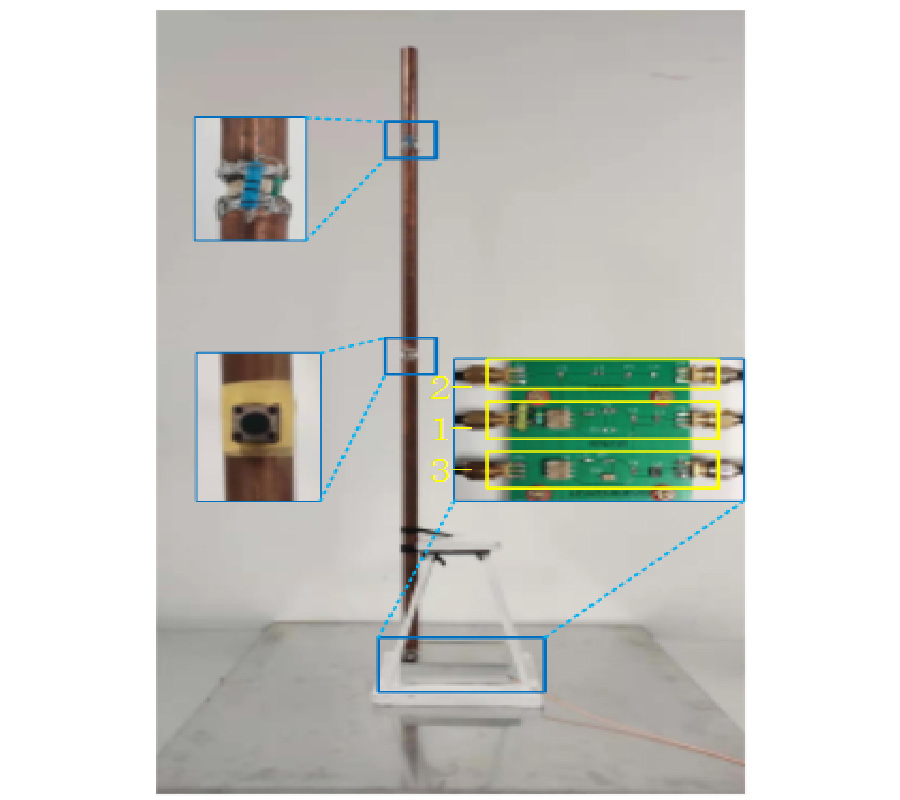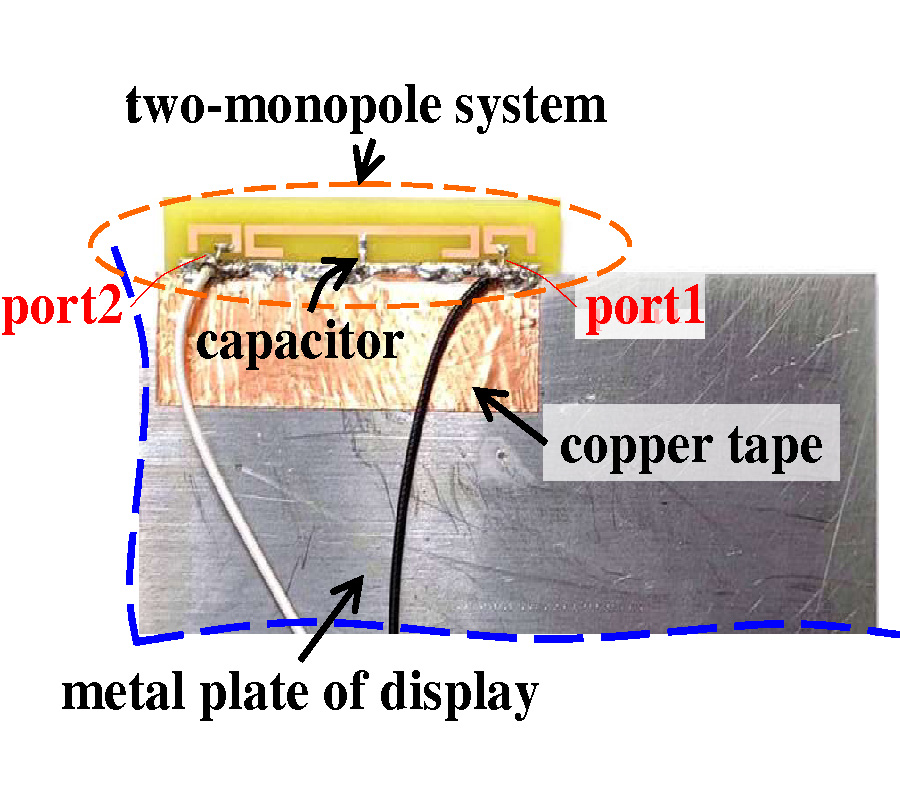Polarization-Independent Wide-Angle Terahertz Metamaterial Absorber: Design, Fabrication and Characterization
Khwanchai Tantiwanichapan,
Anucha Ruangphanit,
Wittawat Yamwong,
Rattanawan Meananeatra,
Arckom Srihapat,
Jia Yi Chia,
Napat Cota,
Kiattiwut Prasertsuk,
Patharakorn Rattanawan,
Chayut Thanapirom,
Rungroj Jintamethasawat,
Kittipong Kasamsook and
Nipapan Klunngien
A metamaterial absorber in the Terahertz (THz) range is simulated and experimentally investigated in this work. The desired absorption frequency, efficiency and bandwidth can be tuned by changing the metal and dielectric geometric parameters. An absorption greater than 85% for TM polarized light with an incident angle up to 70˚ at any azimuthal direction is observed in a circular disc THz metamaterial structure. By adjusting the dielectric silicon dioxide (SiO2) thickness to 4 μm, an optimal absorption greater than 95% can be achieved at a resonance frequency of 0.97 THz. The experimental results also indicate that using Titanium (Ti) as a metamaterial metal layer provides four times broader absorption bandwidth than Aluminium (Al). This study, which works on polarization-insensitive and wide-angle metamaterial absorbers, can be fundamentally applied tomany THz applications including THz spectroscopy, imaging, and detection.
